ISSN ONLINE(2319-8753)PRINT(2347-6710)
ISSN ONLINE(2319-8753)PRINT(2347-6710)
| Kuncham Viswa Teja1, Suresh Angadi2 Final year B.Tech, Dept. of ECE, K L University, Vaddeswaram, A.P, India 1 Assistant Professor, B.Tech, Dept. of ECE, K L University, Vaddeswaram, A.P, India 2 |
| Related article at Pubmed, Scholar Google |
Visit for more related articles at International Journal of Innovative Research in Science, Engineering and Technology
In this paper, a remedy to reduce the death loss occurring due to fire accidents in trains is presented. Fire on a running train is more catastrophic than on a stationary one, since fanning by winds helps spread the fire to other coaches. When these accidents are occurring in remote areas or during night times the loss or damage being caused is at higher rates. The damage is heavier due to improper reach of service at right time due to improper communication. This time delay is causing heavier damage. Thus, eliminating the time between when an accident occurs and when first responders are dispatched to the scene decreases the damage. This projects help in notifying the passengers and emergency services. The project consists of a microcontroller which is interfaced with the GPS module, GSM modem and fire sensors. Once the sensors attached in the compartments of train senses the smoke detection, it assumes a fire accident. The controller assumes it as an emergency and starts the buzzer, LCD display and GSM modem in the engine sending the latitude and longitude information to the specified mobile number and emergency services, by fetching the information from the GPS.
Keywords |
| Fire sensors, GSM, GPS, Buzzer, Zigbee |
INTRODUCTION |
| Security in travel is primary concern for everyone. Now a days fire accident are most often occurring in trains. When these accidents are occurring in remote areas or during night times the loss or damage being caused is at higher rates. The damage is heavier due to improper reach of service at right time due to improper communication. This time delay is causing heavier damage. Thus, eliminating the time between when an accident occurs and when first responders are dispatched to the scene decreases the damage. One approach to eliminate the delay is by identifying the fire accident and notifying the concerned authorities, loco pilot and passenger with in no time. Passengers will be notified by ringing the buzzer and loco pilot will be notified showing the message in the LCD display fitted in the engine along with alarm. In the same time the railway authorities and emergency services are notified by sending SMS through GSM service. |
II. SYSTEM ARCHITECTURE |
| Once there is a fire accident, immediately the fire sensor will immediately sense the change in temperature and thus the micro controller is supplied with power supply. When there is no fire accident the ZigBee fire sensors placed in the compartments will send no signal so the micro controller will not work. Thus, once the fire is detected, the ZigBee fire sensors placed in compartments sends a signal and the GPS, GSM, Buzzer, LCD modem which are kept ON all the time will respond. The GPS modem will be continuously tracking and after the identification of fire the longitude and latitude values of that location are stored in memory of the micro controller and the contents are moved to SBUF register of microcontroller and then to the GSM through the transmitter pin. The GSM modem will then send messages to the numbers specified about the accident specifying the latitude and longitude values. At the same time, the buzzer will be ON immediately after the micro controller is supplied with power supply. And also it is displayed in the LCD placed in the engine for loco pilot. |
| Block Diagram: |
| AT89C52 microcontroller is interfaced serially to a GSM Modem and GPS Receiver. A GSM modem is used to send the position (Latitude and Longitude) of the vehicle from a remote place. The GPS modem continuously gives the data i.e. Latitude and Longitude indicating the position of the vehicle. The GPS modem gives many parameters as output, but only NMEA data coming out is read and displayed on the LCD. The same data is sent to the mobile at the other end from where the position of the vehicle is demanded. An EEPROM is used to store the mobile number. The hardware interfaces to microcontroller are LCD display GSM modem and GPS receiver. The design uses RS 232 protocol for serial communication between modems and microcontroller. A serial driver IC is used for converting TTL voltage levels into RS 232 voltage levels. |
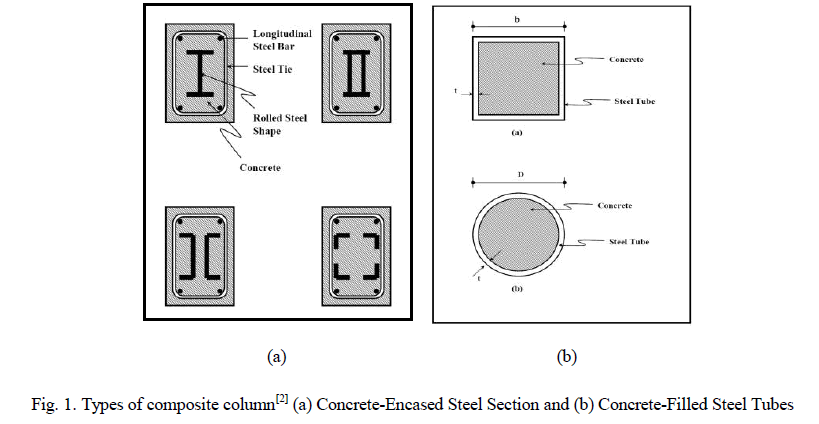 |
III. HARDWARE DESIGN |
| A. The Information Detection Module |
| Information detection module consists of ZigBee fire sensors installed in every compartment of train. Whenever fire accident occurs any of the ZigBee fire sensors placed in compartments of train senses and immediately it sends signals to the microcontroller in engine. Fire sensors also consist of modern sprinkler systems. A wireless sensor network, which combines computer and communication technology with the technology of sensor network, is considered to be one of the emerging technology that will affect the future of human civilization. This network is composed of numerous and ubiquitous micro sensor nodes which have the ability to communicate and calculate. These nodes can monitor, sense and collect information of different environments and various monitoring objects cooperatively. |
| ZigBee is a low-rate, low-cost and low-power kind of short range wireless network communication protocol. Compared with other wireless technologies, ZigBee has unique advantages of safe and reliable data transmission, an easy and flexible network configuration, low equipment costs and long-lasting batteries. Thus, it has great development potential and a promising market application in the field of industrial control. By applying a wireless sensor network based on ZigBee to a train fire detection system, information such as temperature and humidity at any place of the train is covered by the network could easily be collected, dealt with and analyzed at any time. In addition, the system can be extended significantly, the cost of equipment maintenance could be reduced and the whole system could be optimized. |
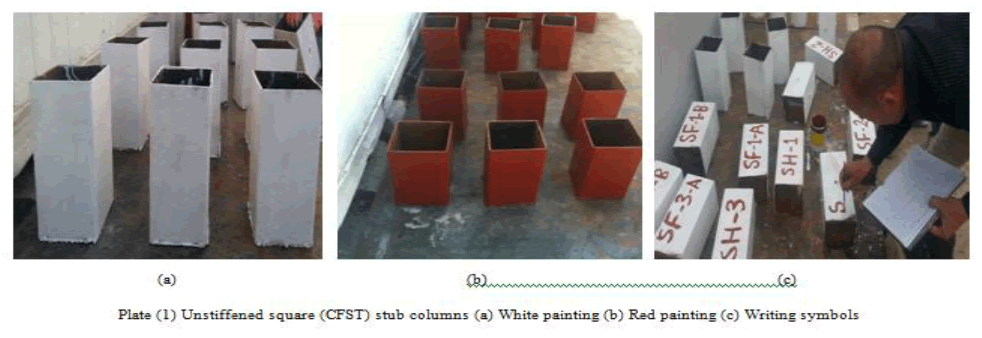 |
| B. GPS Location Module |
| GPS location module GS-87 is the third generation of GPS receiver chip designed by the United States SiRF star III company, which consists of a radio frequency integrated circuit, a digital signal processing circuit and standard embedded GPS software composition. |
| C. Message Transmission Module GSM |
| Global system for mobile communication (GSM) is a globally accepted standard for digital cellular communication. GSM is the name of a standardization group established in 1982 to create a common European mobile telephone standard that would formulate specifications for a pan-European mobile cellular radio system operating at 900 MHz frequency. Cellular is one of the fastest growing and most demanding telecommunications applications. GSM (Global System for Mobile communication) is a digital mobile telephony system that is widely used in Europe and other parts of the world. GSM uses a variation of time division multiple access (TDMA) and is the most widely used of the three digital wireless telephony technologies (TDMA, GSM, and CDMA). GSM digitizes and compresses data, then sends it down a channel with two other streams of user data, each in its own time slot. It operates at either the 900 MHz or 1800 MHz frequency band. |
| The structure of a GSM network: |
| The network is structured into a number of discrete sections: |
| The Base Station Subsystem (the base stations and their controllers). |
| The Network and Switching Subsystem (the part of the network most similar to a fixed network). This is sometimes |
| also just |
| called the core network. |
| The GPRS Core Network (the optional part which allows packet based Internet connections). |
| The Operations support system (OSS) for maintenance of the network. |
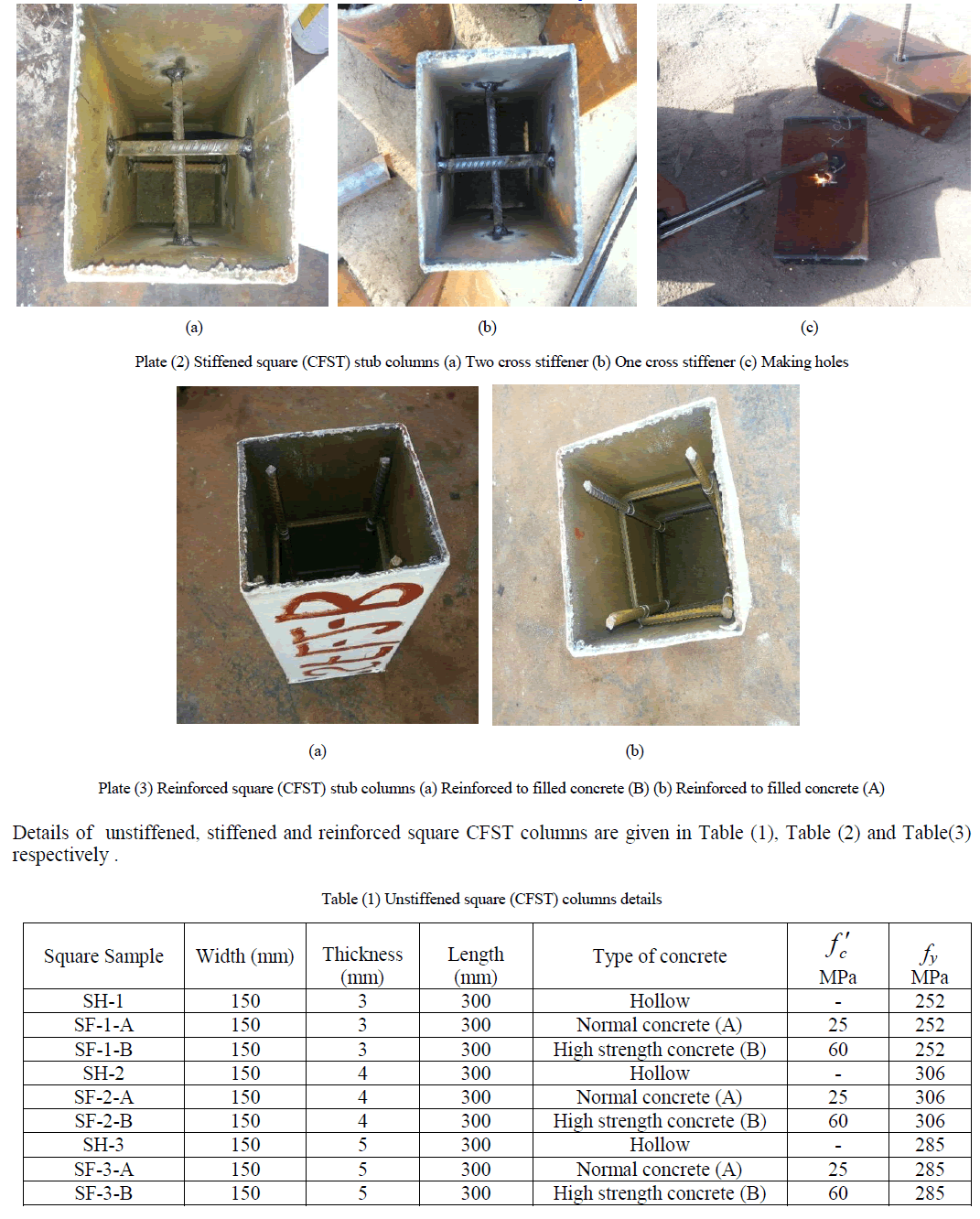 |
IV. SCHEMATIC DIAGRAM |
| A. Power Supply Design |
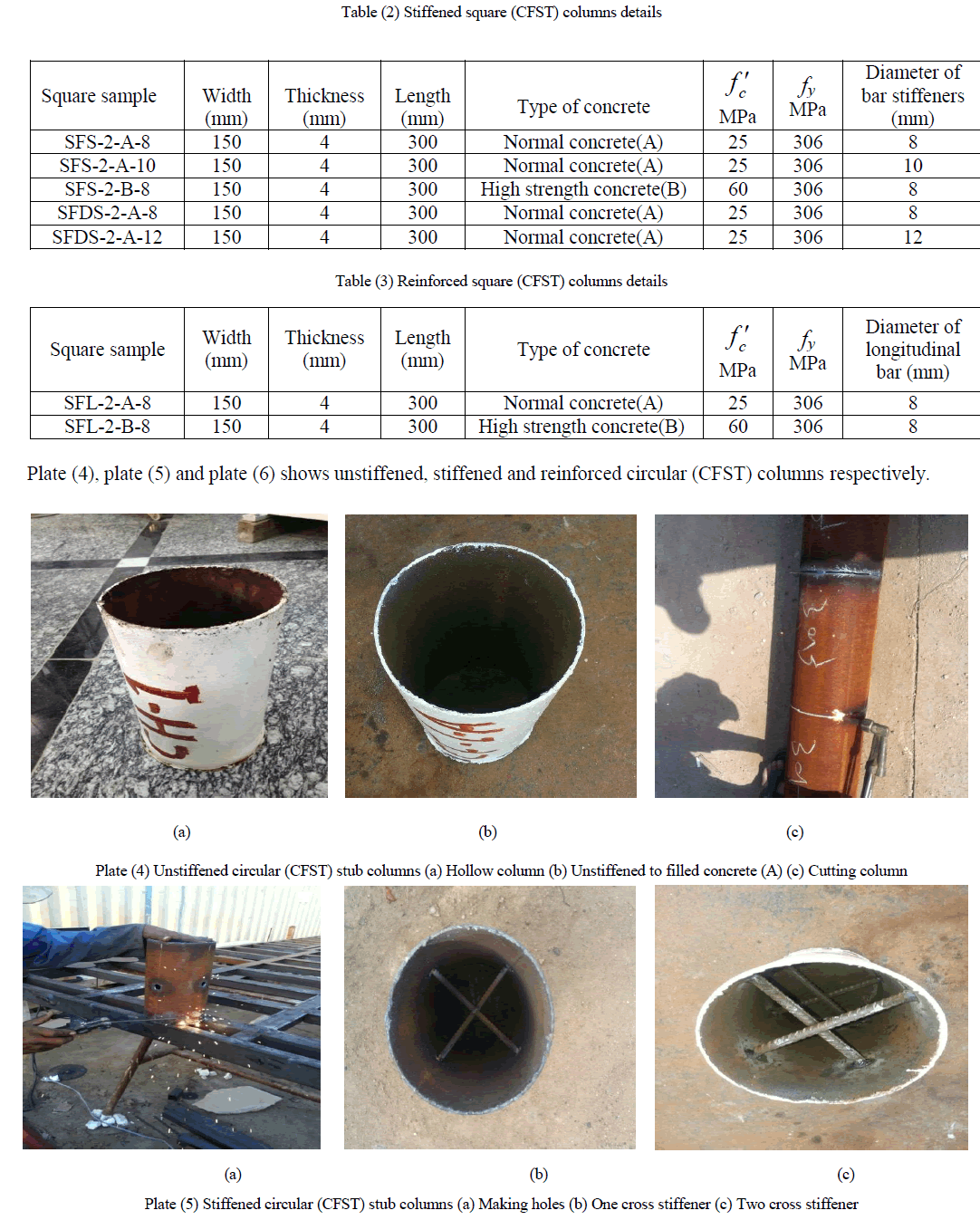 |
| B. Complete Schematic |
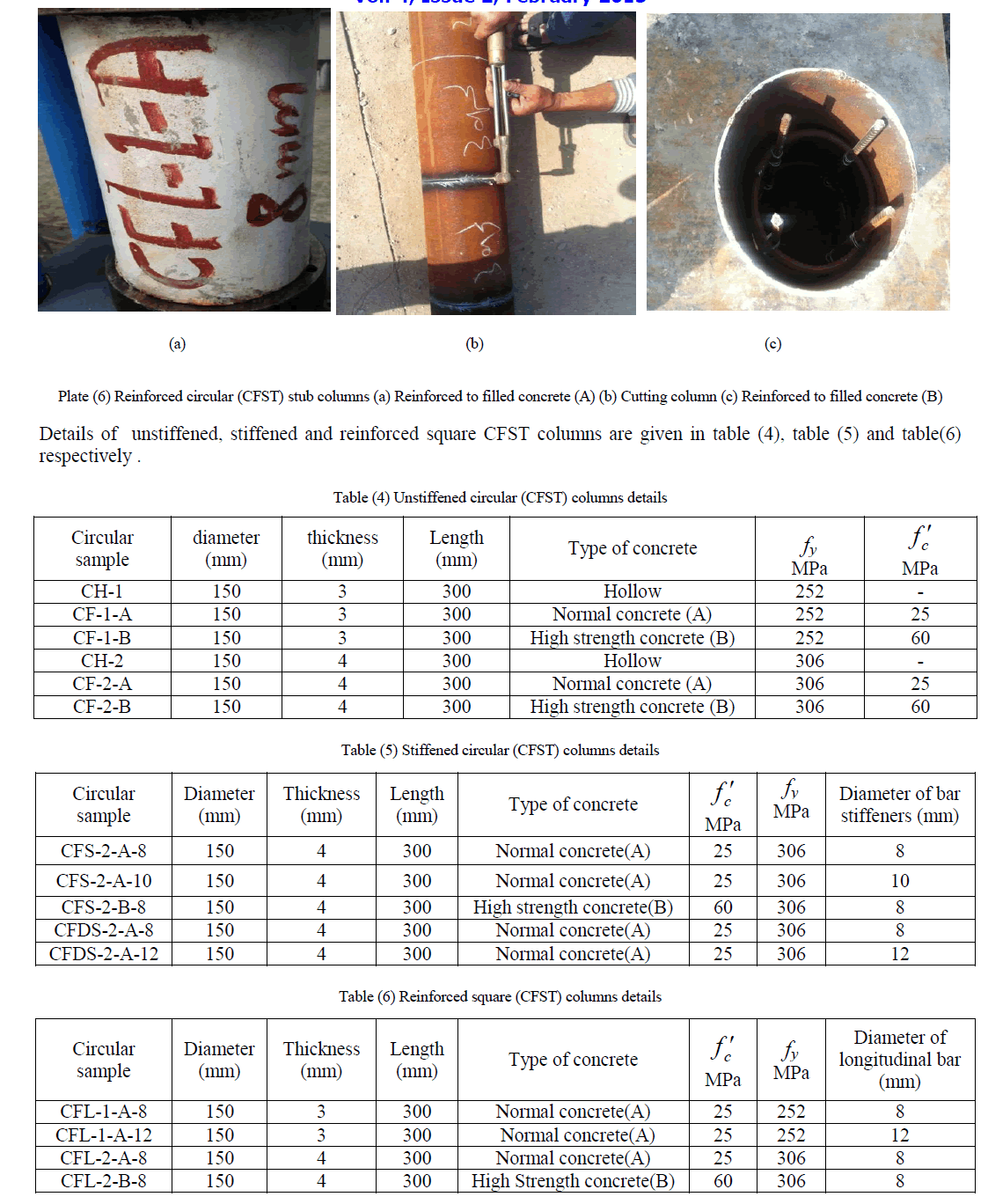 |
V. CONCLUSION |
| Here two technologies are used, at first ZigBee technology is used to sense or detect the fire and information is transferred to microcontroller in engine. Then GSM technology is used to transmit information about accident to concerned railway authorities and emergency services like police ambulance etc. |
References |
|